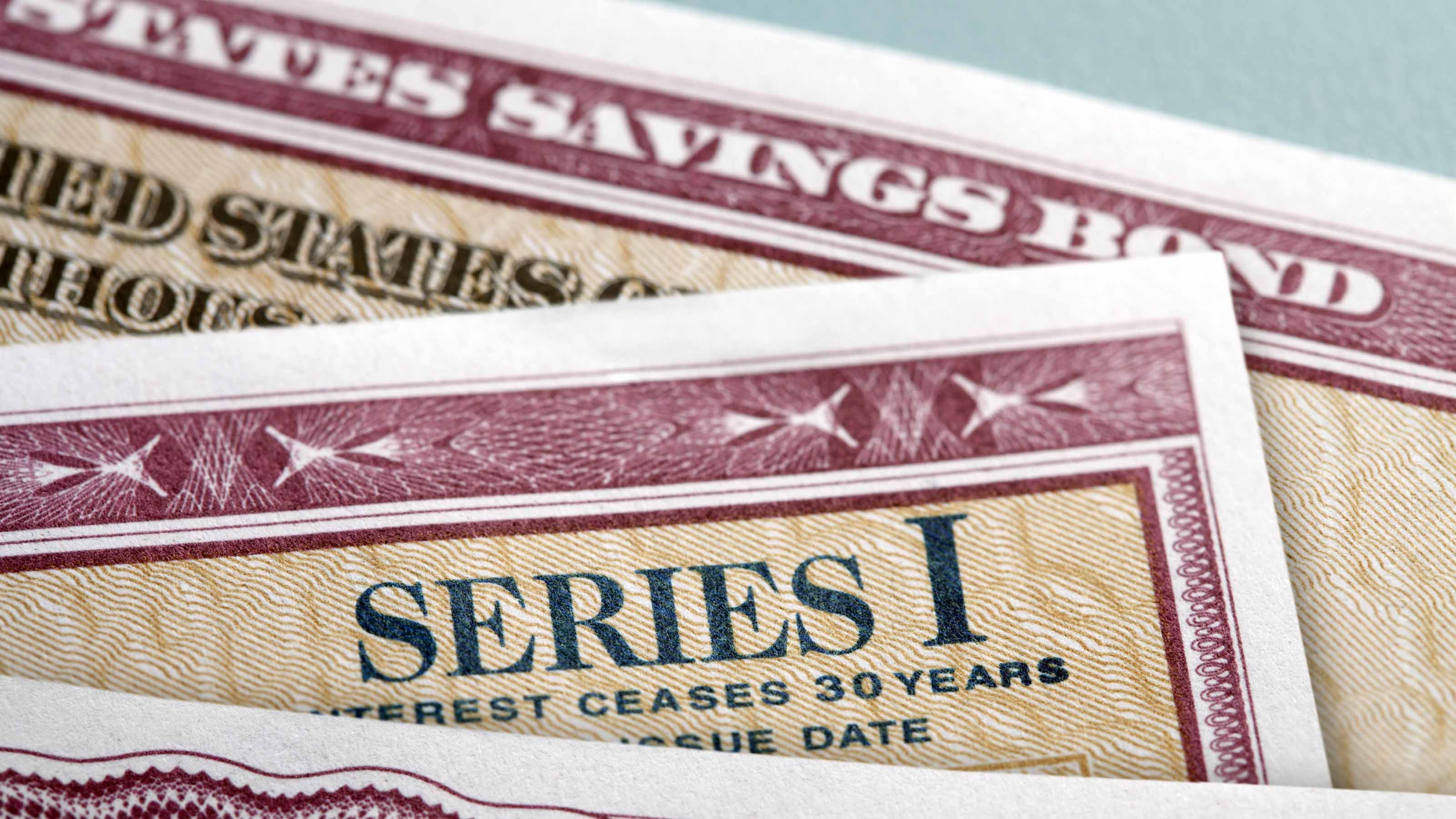Wash Sales, Capital Gains, State Taxes: Tax Traps Investors Need to Avoid
Investors also need to beware of rules about taxes on mutual fund dividends, mutual fund investments and net investment income.


You may know the basics of investing in stocks, bonds and mutual funds but what about the many hidden tax traps that lie in wait for unwary investors? According to Howard Hook, CPA and certified financial planner at EKS Associates in Princeton, N.J., the biggest tax mistake investors make is not knowing these tax land mines even exist. Every dollar lost needlessly to taxes from one of these traps is money you won’t get back, says Hook.
Short-term capital gains
From just $107.88 $24.99 for Kiplinger Personal Finance
Become a smarter, better informed investor. Subscribe from just $107.88 $24.99, plus get up to 4 Special Issues

Sign up for Kiplinger’s Free Newsletters
Profit and prosper with the best of expert advice on investing, taxes, retirement, personal finance and more - straight to your e-mail.
Profit and prosper with the best of expert advice - straight to your e-mail.
Long-term capital gains are more tax-efficient than those from short-term holdings. Gains on the sale of stocks, mutual funds and other investments held for more than a year are taxed favorably at 0%, 15% or 20%. Short-term gains from the sale of these investments held for a year or less are taxed at ordinary income rates, which currently top out at 37%. You don’t even have to sell one of your holdings to fall into this tax trap. Stock mutual funds that frequently buy and sell holdings may do it for you, potentially generating big short-term capital gains distributions in the process. Before you invest, check a mutual fund’s turnover ratio. The higher the turnover ratio, the higher the potential for short-term capital gains distributions. One way around this hazard is to keep high-turnover mutual funds in an r IRA or another tax-deferred account instead of a taxable account.
Net investment income tax
This additional 3.8% tax generally affects upper-income investors—, either single taxpayers with modified adjusted gross incomes over $200,000 or joint filers with modified AGIs over $250,000. The 3.8% tax is due on whichever is smaller: net investment income or the excess of modified AGI over the set income thresholds. Net investment income includes, among other things, taxable interest (but not tax-exempt interest), dividends, gains, passive rents, annuities and royalties.
Reinvested mutual fund dividends
Like many mutual fund investors, you probably have dividends automatically reinvested to buy more shares, but each new purchase increases your tax basis in the fund. That, in turn, reduces the taxable capital gain (or increases the loss) when you redeem shares. If you don’t account for reinvested dividends in your tax basis, the dividends will be taxed twice—first in the year they were paid out and reinvested, and later, when they are included in the proceeds of the sale. If you’re not sure what your basis is, ask the fund for help. Funds often report to investors the tax basis of shares redeemed during the year, including reinvested dividends.
Late-in-the-year purchases of mutual funds
If you’re thinking about investing in a dividend-paying mutual fund near the end of the year, check the fund’s dividend distribution schedule. Buying a fund shortly before the “record date” this year means you will get the dividend payout for 2022, which you will owe tax on when you file your return next year. Financially, however, you’re better off waiting to buy the fund until after the record date, because a fund’s share price falls by the amount of the dividend. You’re essentially prepaying your 2022 tax.
Wash sales
Selling your portfolio duds to offset capital gains from sales of winners is a popular tax-savings strategy, but make sure not to run afoul of the sneaky wash-sale rule. You can’t write off a capital loss from a sale of securities if you buy substantially identical securities up to 30 days before or after the sale. If you do, any suspended loss is added to the tax basis of the replacement shares. The wash-sale rule can easily catch you by surprise—for example, selling a mutual fund at a loss 30 days after the date a dividend is reinvested or by buying stock in an IRA after selling the same stock at a loss in your taxable investment account. The rule, however, doesn’t apply to trades made completely within an IRA. If you sell securities in your IRA at a loss and then buy the same securities back using IRA funds within the 30-day period, you’re fine.
State taxes
Many investors ignore the state-tax implications of their investments until it’s too late, and that’s a mistake, Hook says. Most states don’t have favorable capital gains rates. They instead tax investment income at the same rates as wages and other ordinary income. Worse, some states don’t allow tax harvesting, or if they do, they may not let taxpayers carry forward unused capital losses each year. So be sure to check with your investment planner or tax adviser about the specific rules in your state.
Profit and prosper with the best of Kiplinger's advice on investing, taxes, retirement, personal finance and much more. Delivered daily. Enter your email in the box and click Sign Me Up.

Joy is an experienced CPA and tax attorney with an L.L.M. in Taxation from New York University School of Law. After many years working for big law and accounting firms, Joy saw the light and now puts her education, legal experience and in-depth knowledge of federal tax law to use writing for Kiplinger. She writes and edits The Kiplinger Tax Letter and contributes federal tax and retirement stories to kiplinger.com and Kiplinger’s Retirement Report. Her articles have been picked up by the Washington Post and other media outlets. Joy has also appeared as a tax expert in newspapers, on television and on radio discussing federal tax developments.
-
 How to Avoid Being Buried by the Tax Avalanche in Retirement
How to Avoid Being Buried by the Tax Avalanche in RetirementAll that cash you have in tax-deferred accounts could launch you into a higher tax bracket when you start withdrawals. It's time to protect your income.
-
 This Financial Pro Shares the Secret to Retirement Success
This Financial Pro Shares the Secret to Retirement SuccessFor real retirement security, forget about chasing returns and focus instead on the things you can control: income, taxes, risk-taking and decision-making.
-
 Is Your Retirement Based on Social Security Fact or Fiction?
Is Your Retirement Based on Social Security Fact or Fiction?One in two Americans don't know much about Social Security — and some are basing their retirement on mistaken beliefs. It's time to separate fact from fiction.
-
 How Are I Bonds Taxed? 8 Common Situations to Know
How Are I Bonds Taxed? 8 Common Situations to KnowBonds Series I U.S. savings bonds are a popular investment, but the federal income tax consequences are anything but straightforward.
-
 10 Retirement Tax Plan Moves to Make Before December 31
10 Retirement Tax Plan Moves to Make Before December 31Retirement Taxes Proactively reviewing your health coverage, RMDs and IRAs can lower retirement taxes in 2025 and 2026. Here’s how.
-
 The Most Tax-Friendly States for Investing in 2025 (Hint: There Are Two)
The Most Tax-Friendly States for Investing in 2025 (Hint: There Are Two)State Taxes Living in one of these places could lower your 2025 investment taxes — especially if you invest in real estate.
-
 The Final Countdown for Retirees with Investment Income
The Final Countdown for Retirees with Investment IncomeRetirement Tax Don’t assume Social Security withholding is enough. Some retirement income may require a quarterly estimated tax payment by the September 15 deadline.
-
 Will You Get a ‘Surprise’ Tax Bill on Your Social Security Benefits in Retirement?
Will You Get a ‘Surprise’ Tax Bill on Your Social Security Benefits in Retirement?Retirement Taxes Social Security benefit payments might land you in hot water when filing 2025 taxes — here are three reasons why.
-
 Missouri Leads Capital Gains Tax Repeal: Will Your State Follow?
Missouri Leads Capital Gains Tax Repeal: Will Your State Follow?State Tax As one state becomes a test case, policymakers and taxpayers across the U.S. will be watching closely to see what happens next.
-
 Three Creative Ways to Lower Your Retirement Taxes
Three Creative Ways to Lower Your Retirement TaxesTax Tips You can apply key minimalism concepts for potential tax savings. Here’s how.
-
 What is Net Investment Income Tax (NIIT) and Who Pays It?
What is Net Investment Income Tax (NIIT) and Who Pays It?Income Tax Find out which income levels are subject to the 3.8% NIIT surtax.